A Ferry Flight Ends in Tragedy
On January 27, 2018, a Cessna 172F (N8559U) on a ferry flight crashed near Williamsport, Indiana, killing the commercial pilot on board. The flight, which began at Rickenbacker International Airport (LCK) in Columbus, Ohio, was bound for Vermilion Regional Airport (DNV) in Danville, Illinois.
The aircraft ran out of fuel just nine miles from its destination, forcing the pilot into an emergency descent in the darkness of night. Without power, the Cessna collided with trees and crashed, destroying the plane and killing the sole occupant.
What went wrong? How did a commercially rated pilot mismanage fuel to the point of disaster?
The Flight: A Routine Ferry Gone Wrong
🔹 Aircraft: Cessna 172F
🔹 Registration: N8559U
🔹 Operator: Kilo Aviation, LLC
🔹 Flight Type: Ferry Flight (relocating an aircraft for its new owner)
🔹 Pilot: 68-year-old commercial pilot
🔹 Flight Route: Columbus, OH (LCK) → Danville, IL (DNV)
🔹 Flight Time: ~3 hours, 51 minutes
The ferry flight was meant to be simple: Pick up the aircraft in Virginia, refuel along the way, and deliver it to its new owner in Illinois.
After a stop at Rickenbacker International Airport (LCK), the pilot refueled with 31 gallons of fuel and departed at 9:30 PM.
With an estimated endurance of 3.7 hours, he should have had just enough fuel to reach Danville. But as the flight neared its destination, disaster struck.
The Final Moments: A Silent Engine and a Deadly Descent
At 1:20 AM, the Cessna was only nine miles from its destination when it ran out of fuel. The aircraft:
The wreckage was found inverted in a wooded area, with both fuel tanks completely empty. The lack of damage to the propeller confirmed the engine was not running at impact.
What Went Wrong?
The NTSB investigation identified the probable cause:
👉 “The pilot’s mismanagement of fuel, which resulted in fuel exhaustion and descent and collision with trees.”
Here’s how the accident unfolded:
1️⃣ Misjudging Fuel Endurance – The Cessna had an estimated 3.7 hours of endurance with full tanks. The flight lasted 3 hours and 51 minutes—cutting it dangerously close to empty.
2️⃣ No Fuel Reserves – The FAA requires at least 30 minutes of reserve fuel for day VFR flights and 45 minutes for night VFR. This pilot had zero reserves.
3️⃣ Lack of an Alternate Plan – The pilot did not divert to an alternate airport when fuel levels were low.
4️⃣ Darkness and Disorientation – The crash occurred at night in a wooded area, making it harder to execute an emergency landing.
The Pilot: Experience vs. Judgment
The 68-year-old commercial pilot had:
✈️ 1,000 total flight hours
✈️ 100 hours in the Cessna 172
✈️ 15 hours in the last 90 days
Despite being qualified, his fuel planning and decision-making failed when it mattered most.

Safety Lessons: How to Prevent Fuel Exhaustion
✅ Always Fly with a Fuel Reserve
- FAA regulations require at least 45 minutes of fuel for night flights.
- Running out of fuel should never happen in a well-planned flight.
✅ Plan for Diversions
- If fuel runs low, land at the nearest airport instead of trying to push forward.
- It’s better to stop for fuel than to risk a forced landing.
✅ Trust the Gauges, But Verify
- Know your aircraft’s real-world fuel consumption, not just the book values.
- Fuel gauges can be unreliable, so pilots should cross-check fuel consumption and time flown.
✅ Don’t Rely on “Just Enough” Fuel
- A common mistake in ferry flights is trying to stretch fuel limits—it’s not worth the risk.
- This pilot had no room for error, which proved fatal.
✅ Make the Tough Decision Early
- If you suspect fuel is low, divert immediately. Waiting too long can leave you without options.
Final Thoughts
This accident was entirely preventable. It wasn’t due to mechanical failure, weather, or bad luck—just a simple failure in fuel management.
This tragedy serves as a reminder to all pilots: Fuel mismanagement is a leading cause of preventable crashes. Running out of fuel is never an option—planning, discipline, and situational awareness are key to a safe flight.

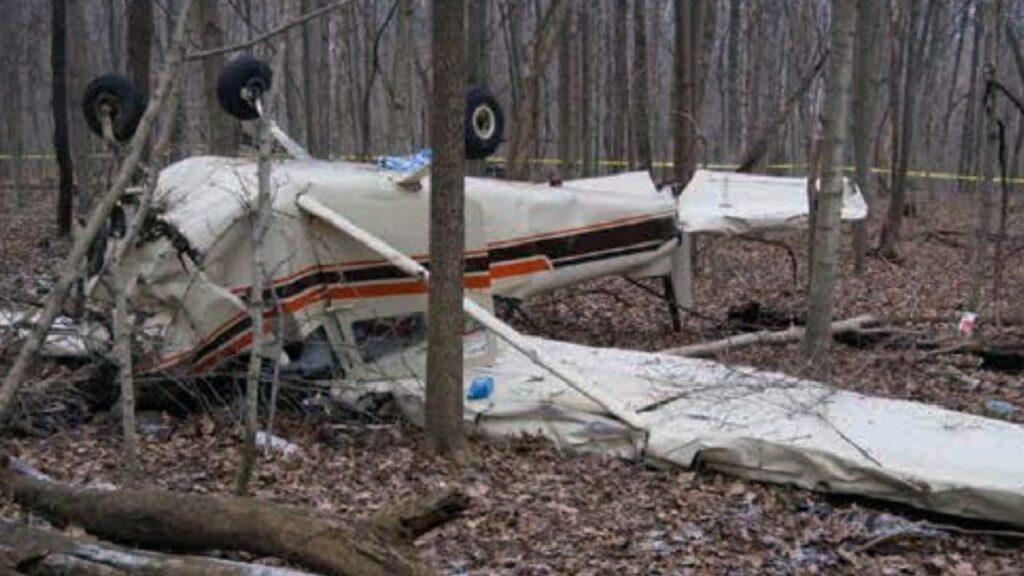




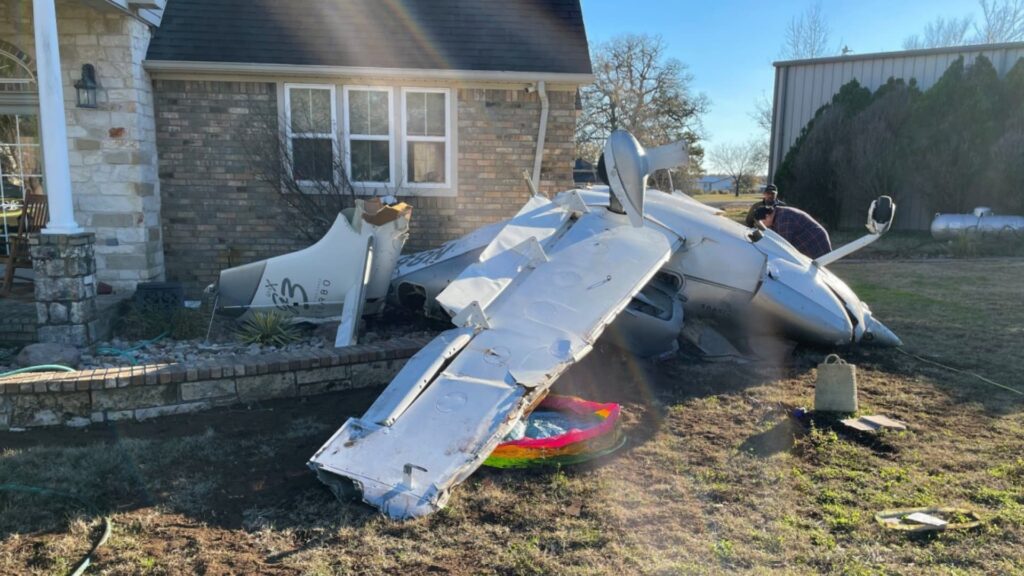
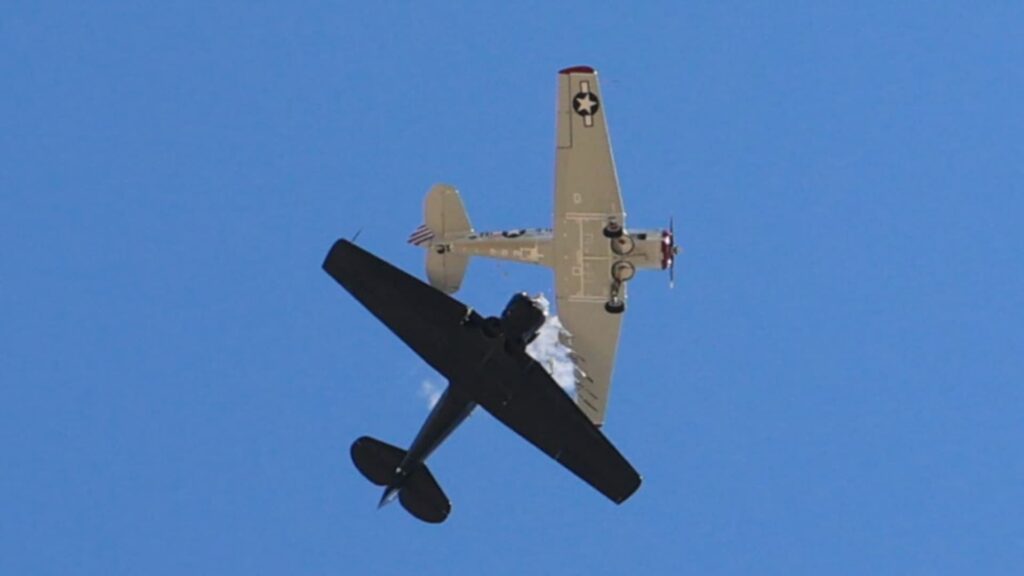
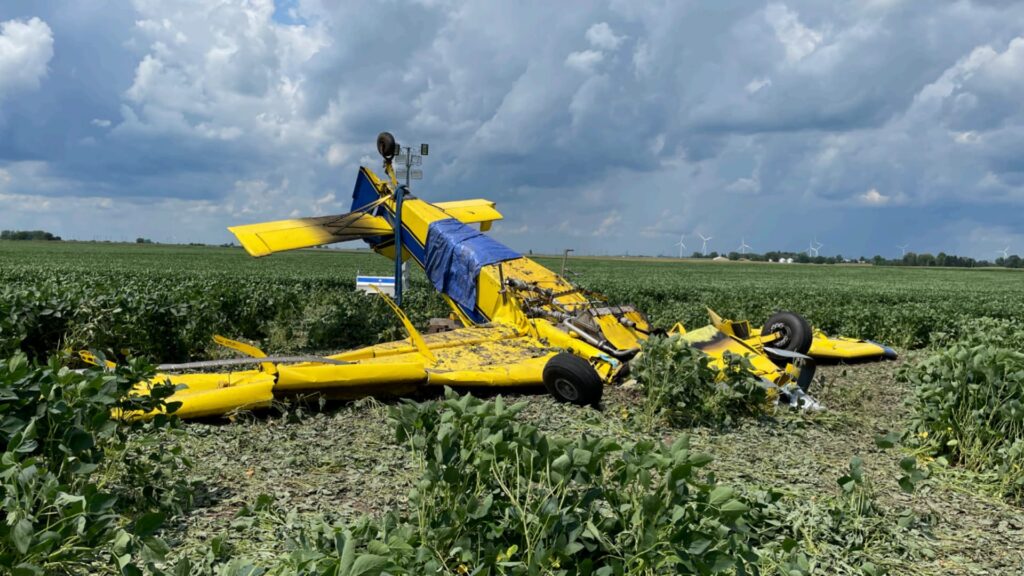
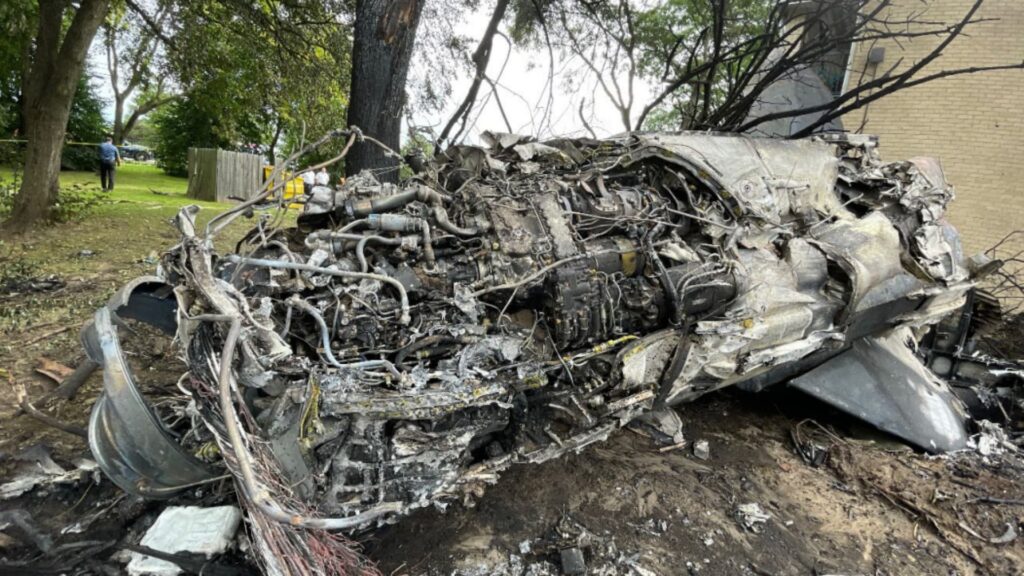
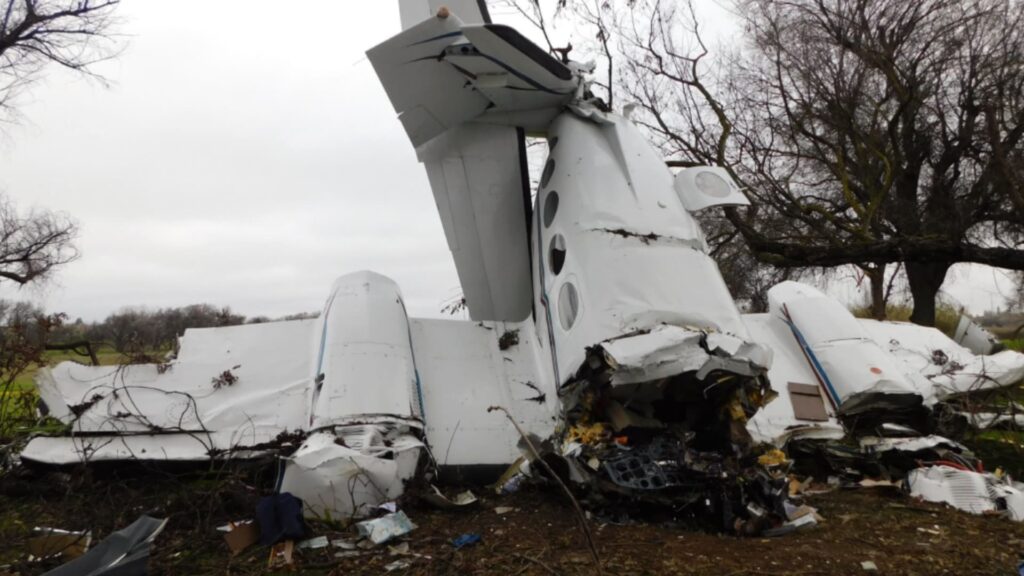
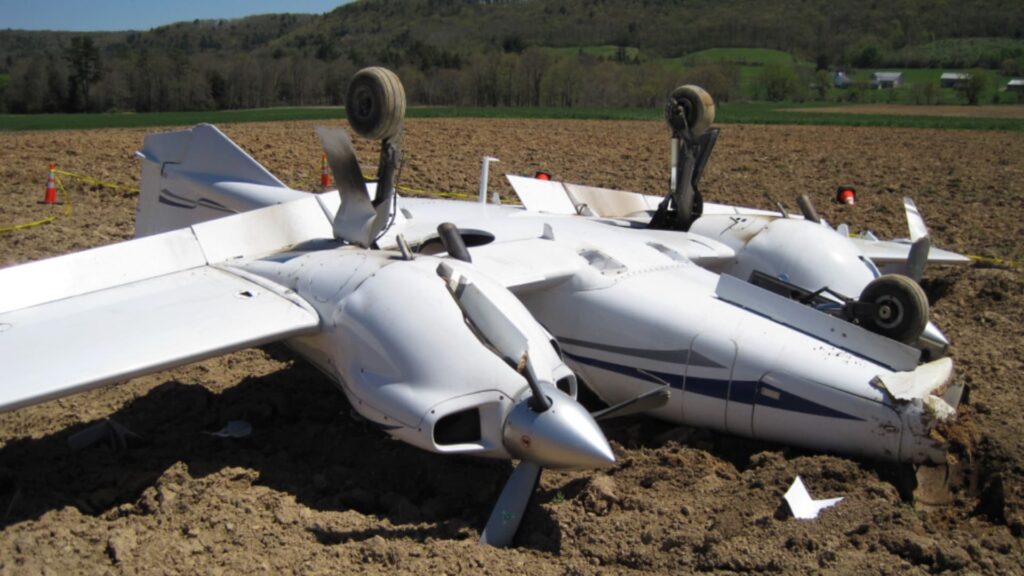
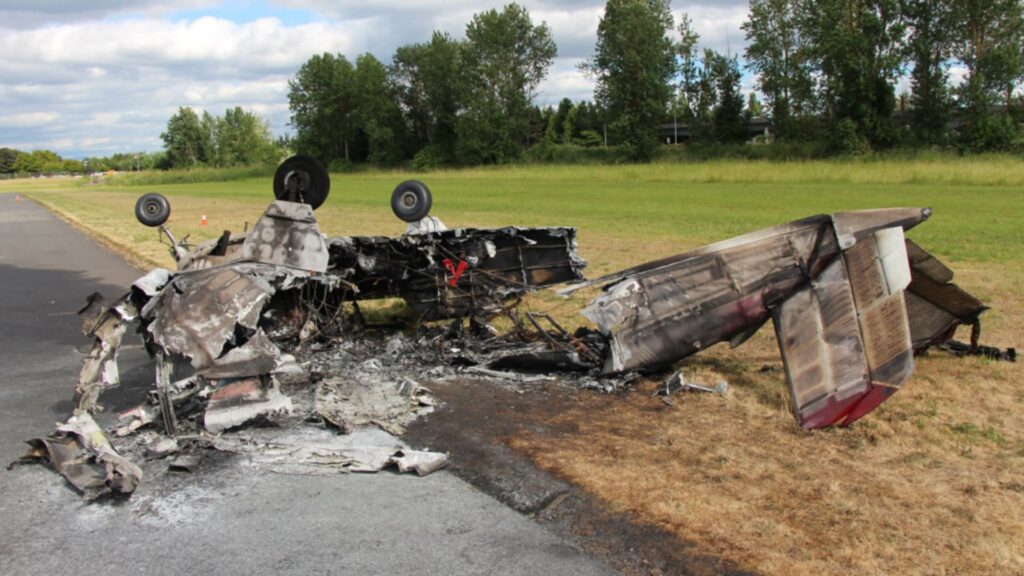
8 Comments
Re: stopping en-route due to low fuel: I was VFR from Waukegan, IL to Addison, TX. There were *very* heavy crosswinds during the first part of the flight, so I had to crab quite a bit to keep out of O’Hare’s airspace (I may have nicked it a bit…).
About 40 min. from Addison, I felt we were going to cut it way too close, so I told ATC I was “going to top off the tanks at XXX (forget the airport) as I’m a bit low on fuel for the rest of the flight.”
ATC took that to mean “minimum fuel” and got a bit panicky. She got me directly to where I wanted to go just fine, but I could hear the tension in her voice as I motored on. I felt bad I’d given her a start, but it all worked out just fine.
When I checked the fuel tanks on landing, there was enough to make it to Addison, but I wouldn’t have had the required reserve fuel.
PS. I just checked and they still print physical copies of the Airport/Facilities Directory. The AFD is what helped me find an airport with a fueling service that day. They come in handy all the time!
A total disregard for his own life , the aircraft , the possibility of injuring people on the ground and the ingrained logic of flight safety and experience . Too tired to fly ? Too much emphasis on arrival time or rushing a return flight ? His own simple answers to himself before that fatal last moment before takeoff could have made all difference to him , his family and friends
Hard way to learn a lesson, but hopefully it might save others who fly.
Other considerations:
Always know your ground speed; winds aloft will influence flight time to destination.
When flying VFR at night, visually keep track of airport beacons en route.
Use flight following or file an IFR flight plan so help is readily available
there’s nothing quite so useless as fuel you don’t have. 3.7 hours of fuel for a 3hour and 51 minute flight. Sad math
As I read more accident reports where the negligent pilot is described as “commercial”, I’m having to rethink what I used to understand by that. I saw it as an added “qualification” almost, certainly someone who was sufficiently trusted and experienced to be safe enough to be employed in that capacity. Not now. I know on this occasion he didn’t risk anyone else’s life, but he may well have done on previous occasions, while flying “commercially”. Passengers who start to feel the pilot’s unsafe can’t very well ask to get off the plane, as you might in a car.
Indeed, fuel behind you, altitude above you, and winds in your teeth, and a clue not in your head, that can and will serve to bite you when you take poor actions that kill pilots and passengers with him/her. It’s easy enough on a Cessna with the upper wing, large diameter fuel connections, to visually check levels and compare to instrument readings on start up. That comes under the critical need to trust but verify, especially with notorious fuel gauges that are difficult to read due to their small size and ‘sweep’. This type of accident comes under the heading of an experienced pilot, believing himself to 10 feet tall and bullet-proof. FAA fuel requirements and additional flying time are there for a reason, and it isn’t for the FBO to make more money. Clearly, this flight had a need for another fueling stop, to complete the ferry successfully. The new owner won’t mind an additional wait to receive an un-bent airplane and a live ferry pilot to pay. We all know that night flying comes with additional challenges the necessitate additional actions to remain safe. It’s even more critical to keep track of the nearest landing tarmac, since we are deprived of sufficient light to find an off-airport landing area. Visual scans for airport beacons and proper use of onboard nav equipment to track progress will provide potential landing areas for engine fuel starvation or failures. Track distance flown compared it to the expected fuel gauge reading for that, provides an additional assessment of gauge reliability. Pre-flight brief for alternate airports that can provide for divert locations if a forced landing is needed. Luck or maybe, is not a plan.
Insensitive as this will undoubtedly be construed, this was stupidity. Rob has rules. One of Rob’s rules is that Rob lands with an hour of fuel. I don’t care if it’s a 15 minute repositioning flight, when I taxi off the active runway there will be 60 minutes of fuel remaining in my tanks. Between weather and unforeseen exigencies, any number of unforeseen things could happen. The guy in front of me could land gear up, the weather could be worse than forecast, the fuel flow or quantity gauge could choose that flight to malfunction. (I was always concerned with endurance rather than fuel quantity rendering my watch an asset with respect to fuel consumption). One time a scheduled arrival time into Del Rio Texas was delayed by weather and three aircraft in the holding pattern before I could make my attempt. I was considering declaring an emergency and diverting to Laughlin AFB when fate smiled upon me and we made it in. That chain started when I departed my fuel stop with full tanks but overflew Austin without considering the weather at the destination. Never again. There is too much out there that can kill you besides the easily preventable things…